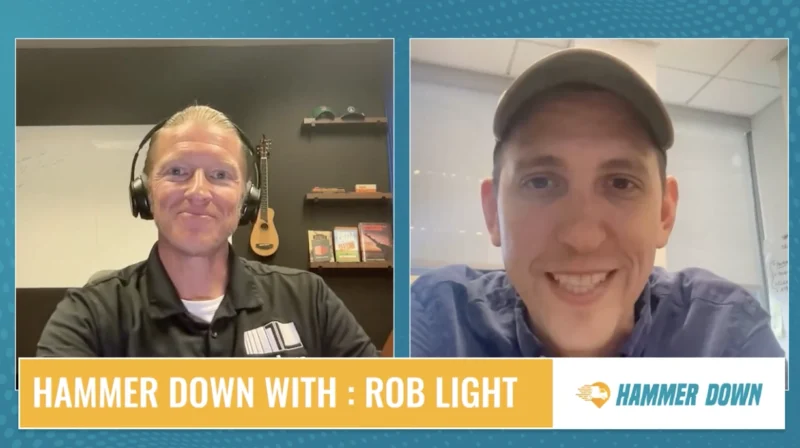Lamar IoT’s Cutting-Edge Tracking Tech Prevents Drugs & High-End Food Products from Perishing
As global supply chains grow more complex, the need for precise tracking and quality control is critical. Traditional tracking systems often fall short, merely pinpointing the location without monitoring essential conditions like temperature or humidity. But for industries moving sensitive items—like high-value medicines and perishable foods—real-time insights into the condition of goods are essential to avoid losses. This is where Lamar IoT steps in. Lamar IoT’s cutting-edge tracking tech integrates advanced sensors for temperature, humidity, and velocity, addressing a major pain point for industries like pharmaceuticals and high-end food. With supply chains under constant strain, a key question arises: Can a more intelligent tracking solution reduce losses and ensure goods remain in top condition?
Welcome to Hammer Down. In this episode, host Mike Bush chats with Dr. Brantly Fulton, the CEO of Lamar IoT, and Raj Kupunaram, the company’s Client Success and Growth Strategy Lead, to explore how the cutting-edge tracking tech provides real-time insights and tracks sensitive goods from origin to destination.
Key conversation points from the episode:
– Innovative Tracking Technology: Lamar IoT uses advanced sensors that measure conditions like temperature and humidity, making it an ideal solution for goods that require specific handling, such as vaccines and high-end seafood.
– Flexible Sensor Integration: The company’s “Peel & Stick” flexible sensors are developed using screen printing techniques, enabling precise, real-time tracking in small, lightweight tags.
– Global Connectivity for Real-Time Tracking: Lamar IoT leverages Bluetooth and cellular technology, along with developing mesh networks, to maintain connectivity even in challenging locations like ports.
Dr. Brantly Fulton, CEO of Lamar IoT, is an expert in materials chemistry with a focus on sustainable innovations in supply chain technology. His work at Lamar IoT centers on developing advanced, condition-sensitive tracking solutions to enhance quality control and traceability for high-value and perishable goods. With a career spanning roles in academia, venture capital, and research, he brings a deep understanding of chemistry, flexible electronics, and market-driven innovation to IoT applications in logistics.
Raj Kupunaram is a seasoned technology and product leader with expertise in process optimization, sustainability, and IT transformation for major organizations like Sony Pictures, Oracle, and Abbott Labs. At Lamar IoT, he leverages his skills in customer success and growth strategy, focusing on scalable and sustainable solutions for supply chain visibility. His career highlights include managing large-scale projects, optimizing systems to reduce costs, and successfully leading digital transformations that impact enterprise operations globally.
Article written by MarketScale.




